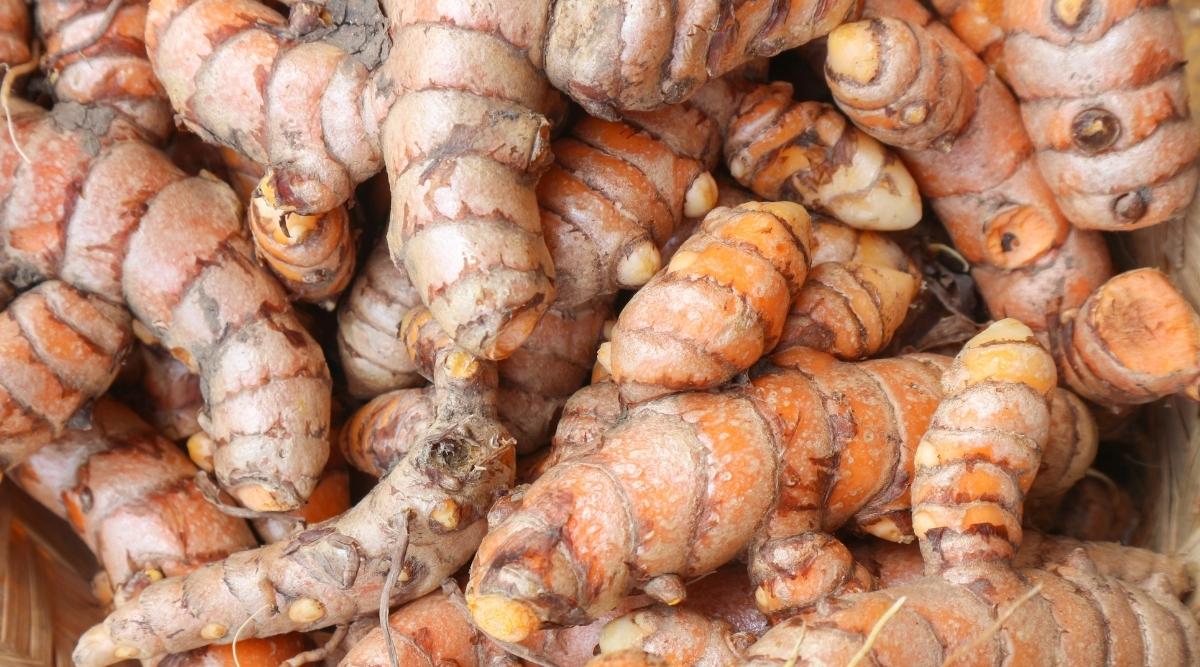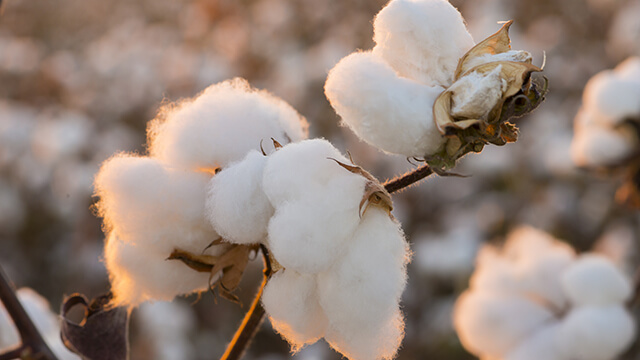According to traders, mandi prices for oilseeds and pulses are still below the minimum support price (MSP) as kharif crop arrivals increase in important markets. Major pulses like tur, urad, chana, and masoor are currently 8–18% less expensive than MSP, while oilseeds like groundnut and soybean are 21–30% less expensive than benchmark pricing. Official guarantees of procurement from farmers have not improved prices, which are still substantially below the standard.
The poor mandi prices were ascribed by traders to ample government agency supplies, enough import volumes, and promising kharif crop prospects. The exception, chana, a winter crop or rabi, continues to trade marginally above MSP values.
Because of reports of commodities with higher-than-acceptable moisture content entering the market, government agencies have not yet started purchasing oilseeds and pulses under the Price Support Scheme, despite the agriculture ministry’s consent.
The agriculture ministry has so far authorized the purchase of oilseeds (groundnut and soybean) and pulses (tur, urad, and moong) in Gujarat and Uttar Pradesh for the kharif 2025–2026 season. The expected total value of MSP’s PSS procurements exceeds ₹13,890 crore.
In an effort to shield oilseed producers from the decline in mandi prices, Madhya Pradesh launched the Bhavantar price deficit support program for soybean farmers on Friday. Under the plan, the state government will pay farmers the difference between the minimum support price (MSP) and the current (lower) market price, compensating more than 0.6 million farmers in the state.
This would be Madhya Pradesh’s second effort to implement the Bhavantar system, also known as the price deficit payment scheme (PDPS), which aims to guarantee that farmers receive the MSP while the commodity is being sold in the market as usual.
The Center would reimburse the state up to 15% of the MSP value for the price differential between the MSP and the selling or modal price in the notified market under the plan.

